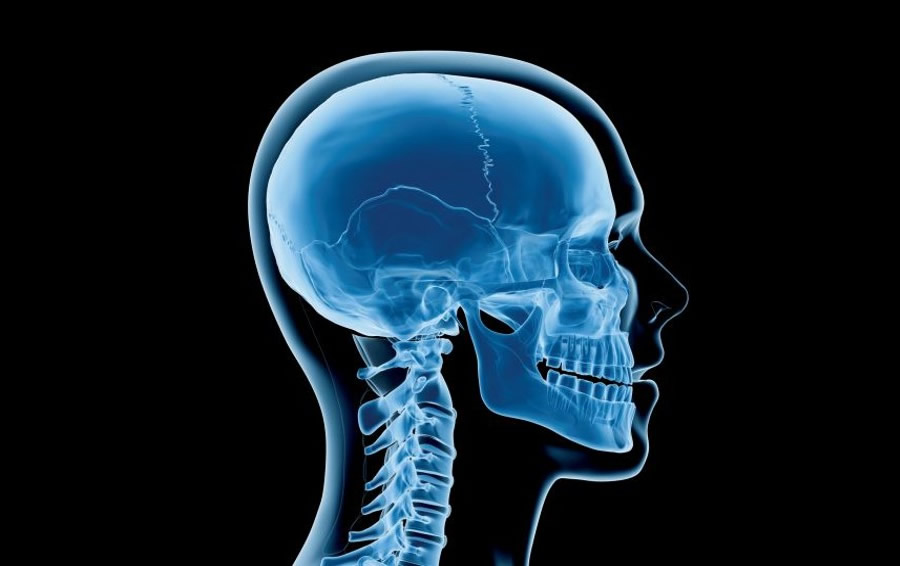Forensic AI-ID

Forensic AI-ID, AI to identify skeletal remains.
Within Forensic Identification (FI) we focus on forensic anthropology (FA). FA involves the assessment of human skeletonized remains to identify the deceased person’s identity and cause and manner of death. It represents the first step in every identification process and the last chance for identification when DNA or fingerprints cannot be applied. It includes methods such as biological profiling involving skeleton-based age estimation (SBAE), craniofacial superimposition (CFS), and comparative radiography (CR). SBAE is vital for the prior description and analysis of skeletal remains by anthropologists. CFS is a FI technique intended to determine whether a skull found corresponds to a known individual (the suspected decedent) through the superimposition of the former (a radiograph, photograph, or 3D model) over one or more photographs of the latter and the posterior morphological analysis of their correspondence. Meanwhile, CR in the personal identification process involves the direct visual comparison of ante-mortem (AM) and post-mortem (PM) radiographs of the candidate person and the matching of specific visual findings or features on them. Most practitioners still apply a manual and visual comparison of AM and PM data using old subjective methods. Hence, automatic methods and human-centric models are a real need in FA.
There is a huge and increasing number of unidentified bodies due to natural disasters, terrorism, crimes, or war conflicts. Skeleton-based forensic methods play a significant role in the FI process. We are a pioneering research group applying Soft Computing and computer vision techniques to FI. We started our collaboration with the Physical Anthropology Lab of the University of Granada led by the prestigious anthropologists Drs. Botella and Alemán in 2005.
Our main joint contribution to the field refers to the automation of the CFS technique. A hybridization of computer vision and Soft Computing resulted in the most advanced computer-aided system to assist the forensic anthropologist in the identification of a missing person by CFS.
We transferred this technology to the Face2Skull software, after obtaining the corresponding international patent. It has been already commercialized in Mexico (by Aspelab). Face2Skull has also been used by different Justice Dpts. in Europe and Africa, for FI purposes.
Info and contact: {ocordon,sdamas} at ugr.es
Period
Jan 2005 – Present
Researchers
Oscar Cordón, Sergio Damas, Oscar Ibáñez, Pablo Mesejo, Andrea Valsecchi, Enrique Bermejo (Andalusian Research Institute on Data Science and Computational Intelligence)
Collaborators: Inmaculada Aleman (Physical Anthropology Lab – University of Granada, Spain), Caroline Wilkinson (Director of Liverpool School of Art & Design and Director of the FaceLab, UK), Tzipi Kahana (Hebrew University of Jerusalem, Israel).
Awards
This work has been recognized with two different international awards:
- International Fuzzy Systems Association Award for Outstanding Applications of Fuzzy Technology
- European Society for Fuzzy Logic and Technologies Best Ph.D. Thesis Award to Dr. Ibáñez’s PhD dissertation (supervised by Drs. Cordón and Damas).





